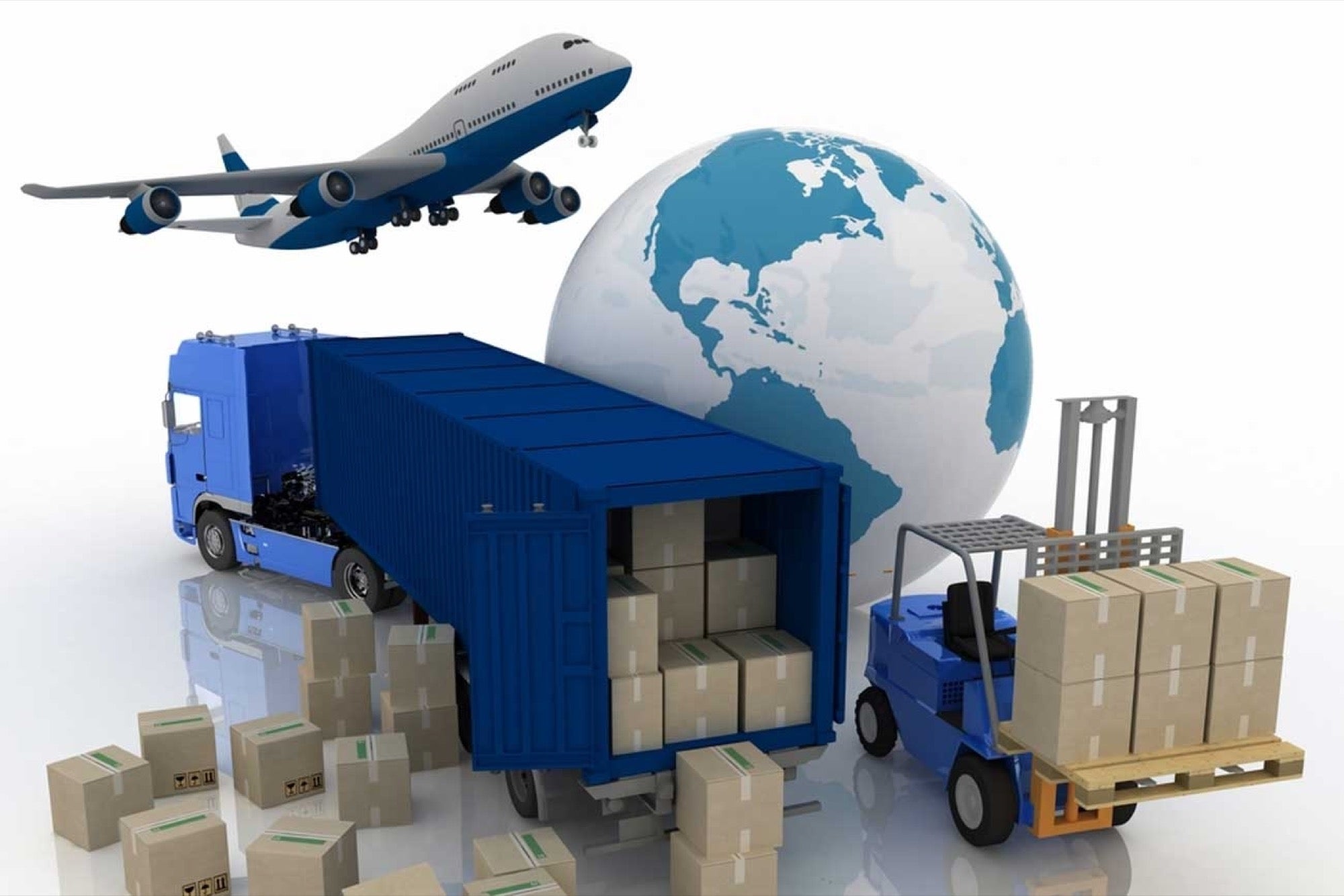How Manufacturing-Focused Policies and Tax Breaks Can Boost Exports The US has filed a complaint against India - backed by heavyweights such as EU, China, Japan, Russia, and eight other countries - alleging that it has violated both the above condition
Opinions expressed by Entrepreneur contributors are their own.
You're reading Entrepreneur India, an international franchise of Entrepreneur Media.

The 2017 WTO data on Gross National Income (GNI) per capita - using a benchmark of U.S dollars as on 1990 - shows that India's GNI exceeded USD 1000 for three consecutive years, from 2013-15.
This takes India out of the list of special countries exempted from export subsidies prohibition, according to WTO's Agreement on Subsidies and Countervailing Measures (ASCM).
The Agreement on Subsidies and Countervailing Measures (ASCM)
WTO's 1995 ASCM agreement prohibits countries from giving out export subsidies to their products since it causes trade distortion, leading to an imbalance in world trade.
However, exceptions have been made for the least-developed as well as developing countries such as India, whose economic growth is dependent on export subsidies.
These exceptions come with two crucial riders:
A country has to phase out over a period of 8 years the export subsidies for a particular industry sector if it attains 3.25 per cent of market share in that sector.
If a country's GNI per capita reaches USD 1000 (in accordance with 1990 US dollars) for three consecutive years, the country has to stop providing export subsidies for its exports.
Dispute proceedings against India at the WTO
The US has filed a complaint against India - backed by heavyweights such as EU, China, Japan, Russia, and 8 other countries - alleging that it has violated both the above conditions.
Dispute complain against India's textile sector export subsidy schemes
India achieved 3.25 per cent of the global market share in the textile sector in 2010. Thus, the phase-out period of export subsidies in this sector will end in 2018. During this period, India has introduced new schemes such as the Merchandise Exports from India Scheme (MEIS) in 2015 to boost exports, generate foreign revenue and increase employment. The US claims no new schemes are allowed in the phasing out period since it creates an uneven playing field in world trade. India maintains that new schemes are allowed as long as they stop the export subsidies at the end of the period.
Dispute complain against India's overall export subsidy
Another bone of contention is that since India has crossed the GNI per capita benchmark in 2015, it should have stopped using export subsidies at the time. India contends that export subsidies have a phasing-out period of 8 years and that it would utilize it. India's claims are based on the fact that when the ASCM came into effect in 1995, developing member countries in the exact same situation had been granted this extension.
However, the WTO is highly unlikely to grant it because no other country has been accorded this reprieve since 2011. Moreover, there is no such written provision in the ASCM text, which severely weakens India's case.
Roadmap for Exports:
If India has to end export subsidies with immediate effect, it would be a steep blow to exporters and could have a debilitating effect on the economy. Thus, it is vital that India comes up with alternate trade and export policies that will be WTO compliant and offset any losses incurred. Let us take a look at a few approaches that India could take:
Simplified Tax System for Exporters - Improve IGST Refund System
Exports are zero-rated under the Goods and Services Tax (GST), which means that technically exporters need not pay any tax for the production and sale of goods outside the country. However, since the sale of goods to a different country still comes under the purview of inter-state transfer, the exporters have to pay the full Integrated Goods and Services Tax (IGST) for all their products and then submit a claim for a refund. Instead of the stipulated 10-day period, this refund process often takes more than 6 months due to various technological glitches present in the deployed IT software. Exporters end up having a negative cash flow, which cripples them financially.
This has, in turn, caused a decrease in Indian exports in the global market because of the financial crunch that exporters face. For example, there has been a 41 per cent decrease in textile exports year-on-year in October 2017.
To address this, steps need to be taken by the government to ensure that the refund process is smooth. This will enable exporters to get their money, letting them have the cash flow to keep manufacturing products.
The government could also think along the radical lines of removing the IGST on export products so as to put a stop to the entire cycle of payment and refunds.
Become a Global manufacturing hub
- Focus on Make In India
India's export industry stands to benefit if India becomes a manufacturing hub. Manufacturing necessarily demands a technological upgrade in every sector and infrastructure overhaul, including digitizing processes and improving key logistics such as roads. This will result in the production of high-quality products in large volumes, a hallmark of all strong economies, which will increase its global competitiveness.
An upgrade of technology is an urgent necessity since the Revealed Comparative Advantage (RCA) - a yardstick used to measure competitiveness - now rates India's exports in medium and high-technology products to be below the required level of competitiveness. This essentially means that India produces low-quality products in these sectors.
- Subsidy for skill training and employment
Subsidies and incentives can be given to sectors with an aim to promote skill development and generate employment. These incentives do not violate the WTO ASCM. The government has ably demonstrated this in the apparel manufacturing sector where it increased the allocation of Remission of State Levies (ROSL) by 39 per cent in the 2018 budget; it also gave a 15 per cent increase in funds to the technology upgradation fund scheme (TUFS).
Conclusion
India is a fast-growing economy and it should foster a sense of pride that its exports have broken the threshold of GNI per capita.
Creating national export policies with a focus on improving innovation, upgrading technology, manufacturing, employment generation and good tax policies can make the export industry self-reliant and profitable without the need for subsidies.










